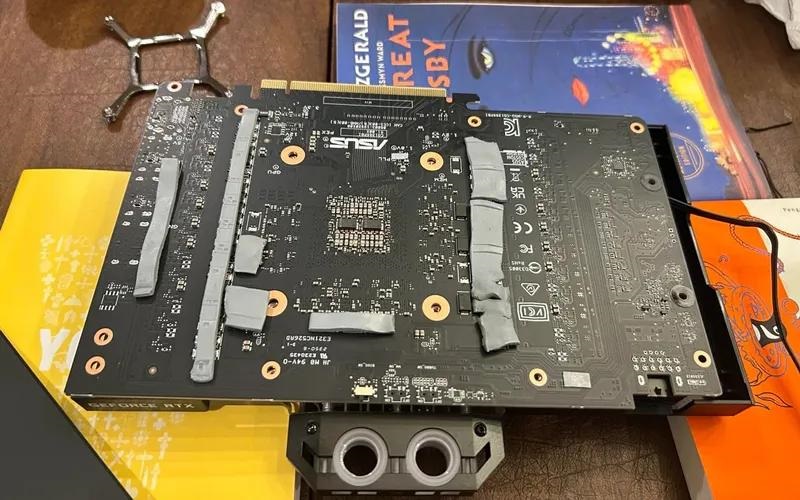Can You Explain How Thermal Pads Work in Dissipating Heat?
- Posted on:2024-04-15 09:17:00
- Source:AOK Thermal Pad Manufacturer FAQs
Thermal pads are designed to facilitate the transfer of heat between two surfaces by filling the gaps and imperfections between them. They are made of a soft, compressible material with good thermal conductivity.
Filling Gaps
Thermal pads are placed between two surfaces, typically a heat-generating component (such as a CPU, GPU, or power module) and a heat sink or cooling solution. These surfaces may not be perfectly flat or smooth, and tiny gaps or air pockets can exist between them. Thermal pads fill these gaps to maximize the contact area between the surfaces.
Conformability
Thermal pads are designed to be soft and conformable, allowing them to deform and conform to the surfaces they are placed between. This helps to minimize any air gaps and maximize thermal contact, ensuring efficient heat transfer.
Thermal Conductivity
The thermal pad material is chosen for its ability to conduct heat. While it may not have the same high thermal conductivity as materials like copper or aluminum, it provides a reasonable level of conductivity to transfer heat away from the heat source.
Compression
When the heat sink or cooling solution is installed, it applies pressure to the thermal pad, compressing it between the surfaces. This compression improves thermal contact, reduces thermal resistance, and promotes better heat transfer.
Heat Dissipation
As heat is generated by the component, it flows through the thermal pad to the heat sink or cooling solution. The thermal pad helps to spread the heat evenly across its surface, allowing the heat sink or cooling solution to absorb and dissipate the heat more effectively.
Thermal pads act as a thermal interface between two surfaces, filling gaps, improving contact, and facilitating heat transfer. They enhance the efficiency of heat dissipation by minimizing thermal resistance and promoting better thermal conduction between the heat source and the cooling solution.
If you would like to learn more about AOK performance thermal materials, please visit our website at www.aok-technologies.com


